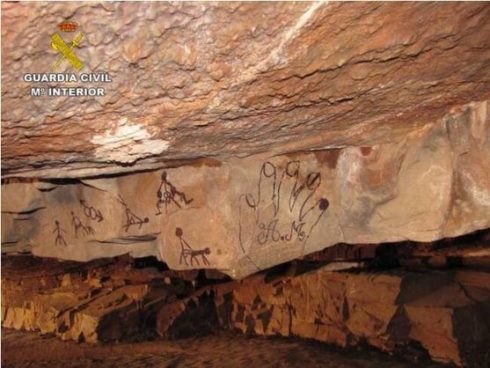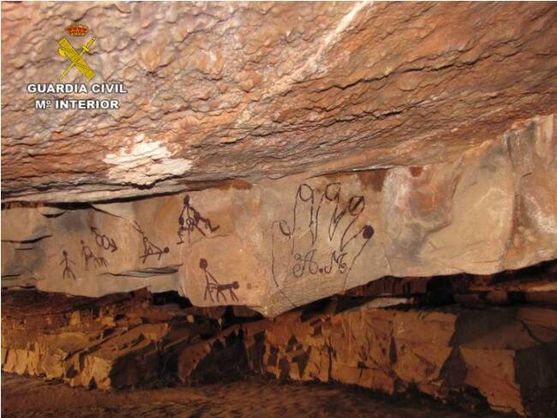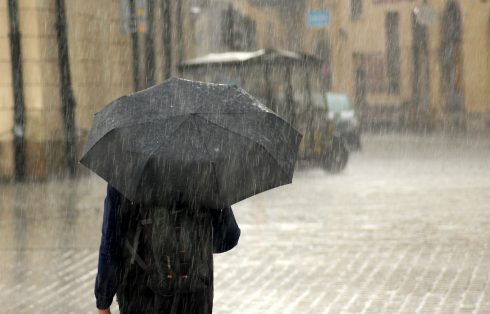THREE under-18s were found responsible for vandalising ancient cave paintings at La Rendija, in Ciudad Real, in mid January.
Guardia Civil located the three suspects before passing the case onto Ciudad Real’s provincial prosecutor for minors.
The youths drew images of a sexual nature with permanent marker over cave paintings that date back as far as 3000BC.
The cave paintings at La Rendija, near Herencia, are a Bien de Interes Cultural and the only cave art for 100km around.
The cave at La Rendija itself is a 17m-wide and 1m-high rift in the mountainside, containing dozens of schematic paintings featuring humans, animals and abstract symbols.
According to research published in the 1990s the cave paintings are the only found in the region, and date back to either the bronze age (2000-1000BC) or the chalcolithic age (3000-2000BC).

Images show human figures holding hands and images of bulls, which researchers said had relevance in ‘religious ceremonies’.
Ana Muñoz, vice-councillor for culture in the Junta de Castilla-La Mancha, said acts of vandalism were ‘isolated cases’.
“It’s impossible to physically protect the caves that contain cave art, or putting a security guard in each of them, so the most important thing here is education.”
Mayor of Herencia, Sergio Garcia Navas, however said the town hall would install a ‘fence’ to protect La Rendija.
It comes after unknown vandals painted a giant Spanish flag over cave art dating back 6000 years in Solana del Pino (Ciudad Real).
Town hall technicians said the cave art could be recovered following a ‘painstaking’ specialist work that could take months.
The author of the giant Spanish flag has not been found.
READ MORE:
- Spanish cave art reveals humans used stars to tell time 40,000 years ago
- Badger unearths ‘exceptional’ Roman treasure trove in cave in northern Spain
- Neanderthals were world’s first artists, concludes study of prehistoric cave paintings in southern Spain
- Cavemen used hot springs to boil their food before discovering fire finds study in Spain
- British-Spanish study of cave paintings reveals more clues to neolithic life in Spain’s Andalucia










